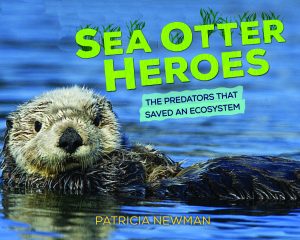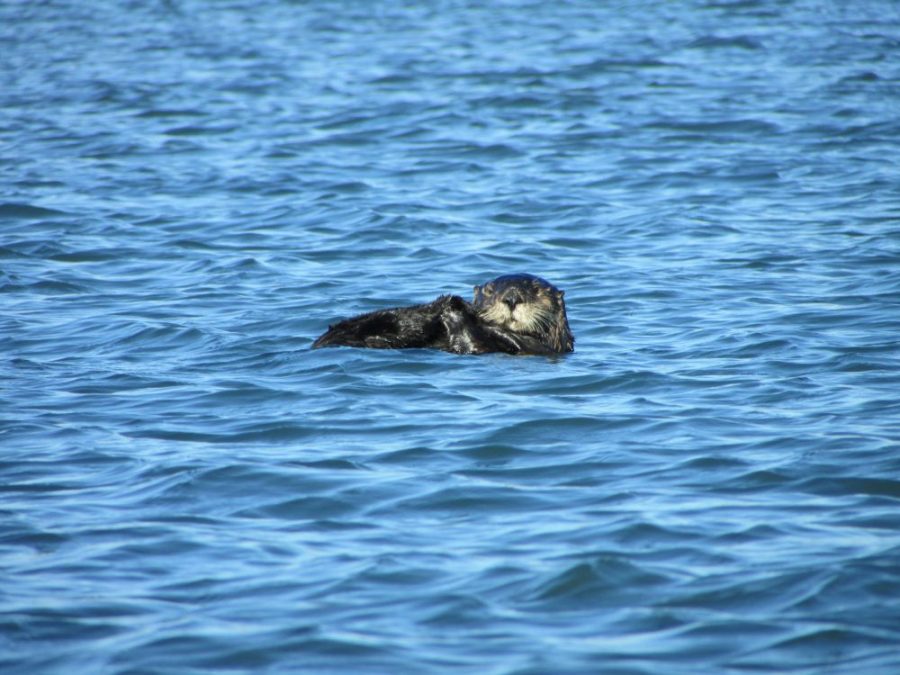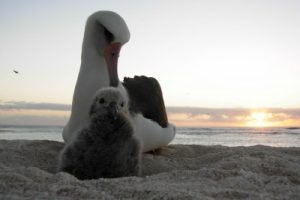Thanks for joining me as I continue my month-long celebration of Sea Otter Awareness Week. Today Dr. Brent Hughes, a marine biologist with the University of California at Santa Cruz-Long Marine Lab, talks about ways sea otter heroes save ecosystems.

“This is a fascinating book that presents the story of a scientist who is attempting to answer a question through scientific research and experimentation…We see the clues unfold as the researcher discovers them. The reader feels as if he or she is experiencing them in real time, and it is very difficult to resist trying to piece together the evidence and come up with a possible solution as the story progresses.” —NSTA Recommends
Post Four: Brent on why sea otters are heroes
Patricia Newman: Your research showed that sea otters helped save seagrass. Are sea otters impacting other aspects of the slough?
Brent Hughes: Sea otters will likely have an impact wherever they go. You may be wondering why I can make such a bold statement? With any other predator I could not make such a statement with any degree of confidence, but with sea otters I know I can. The reason: they eat a lot. And that is about all you need to know.
Sea otters are the only marine mammal that lacks blubber. Since sea otters live in cold water they must eat a lot to stay alive. More specifically, they eat about 25% of their weight everyday. So if you weigh eighty pounds, you would need to eat about 40 cheeseburgers everyday of your life to eat the equivalent of a sea otter. That’s a lot of food.
The main sea otter prey item I focus on are crab, as it’s one of their favorite foods. A single sea otter can easily consume 10,000 crabs per year. If you have a 5 or 10 or 50 sea otters hanging out in an area they are going to remove lots of crabs. So I follow around sea otters and watch the different types of crabs they eat and how that affects the entire ecosystem.
Newman: Read Sea Otter Heroes to find out how eating crabs helped sea otters save seagrass and protect the muddy banks surrounding Elkhorn Slough.
Did you miss other posts in the series? Catch up here:
- Post One: Saving Sea Otters: One cool job
- Post Two: Saving Sea Otters: Science tips for kids
- Post Three: Saving Sea Otters: Continued threats
On Wednesday: What Lilian liked best about working on Sea Otter Heroes
Lilian Carswell, the Southern Sea Otter Recovery and Marine Conservation Coordinator, share why a book about Dr. Brent Hughes’ work is so satisfying.
Can’t Wait?
If you want more before the next post, visit my Sea Otter Heroes webpage to connect to my Pinterest board that includes sea otter research, reading, and writing activities for the classroom.
[Featured photo credit: Elise Montanino]






Leave a Reply
Your email is safe with me.